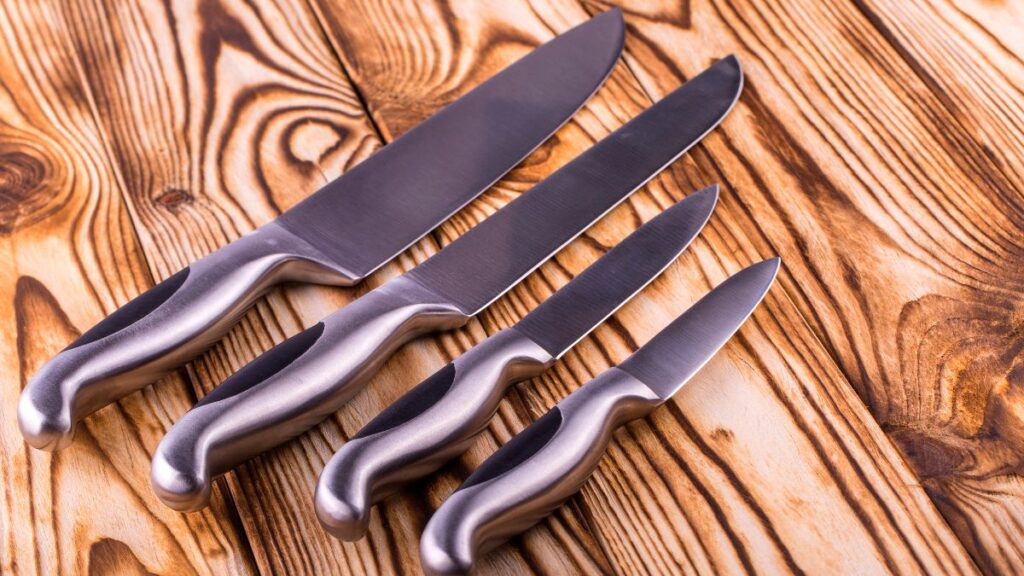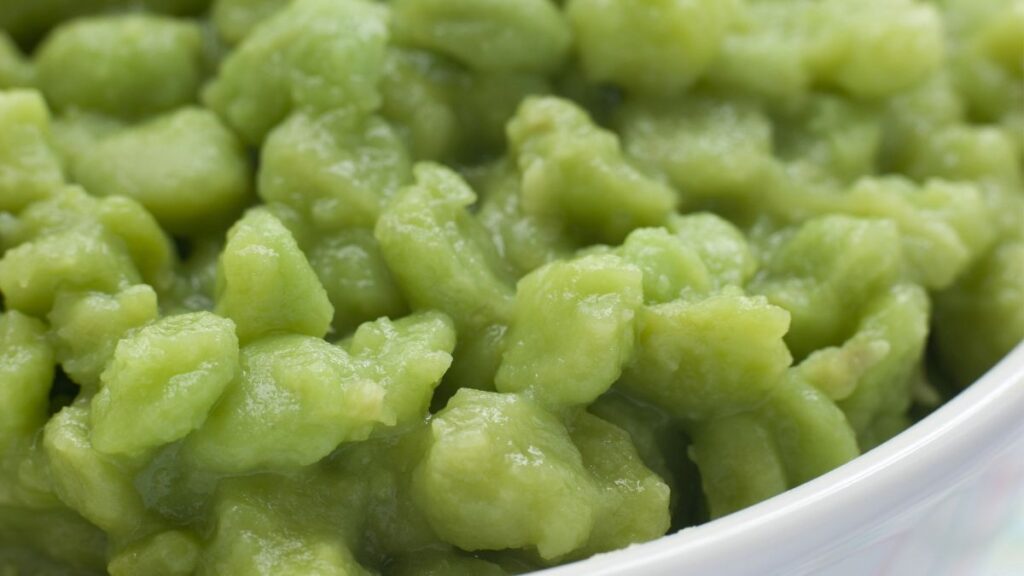15 Common Kitchen Mistakes You Should Avoid
Cooking at home is a rewarding experience, but it can sometimes be tricky. Even seasoned cooks can make mistakes that affect their dishes’ taste, texture, and quality.
By being aware of these common kitchen errors, you can improve your cooking skills and create delicious and enjoyable meals. Here are 15 common kitchen mistakes to avoid to help you become a more confident and successful home cook.
Overcrowding the Pan

One of the most common kitchen mistakes is overcrowding the pan. When you add too much food to the pan at once, the temperature drops and the food ends up steaming instead of browning.
This can result in soggy, unappetizing food. To avoid this, cook in batches and give your food enough space to brown properly. It may take a little longer, but the results are worth it. A well-browned dish has more flavor and a better texture.
Not Preheating the Oven

Many people forget to preheat the oven, which can lead to uneven cooking. If you don’t preheat, your food may start cooking at a lower temperature, affecting the texture and taste. Always give your oven enough time to reach the correct temperature before putting your food in.
This ensures that your dishes cook evenly and turn out as intended. Preheating is especially important for baking, where precise temperatures are key. A properly preheated oven leads to better results.
Using Dull Knives

Using dull knives is not only frustrating but also dangerous. A dull knife requires more force, increasing the risk of slipping and cutting yourself. It can also damage delicate ingredients and make your food look less appealing.
To avoid this, regularly sharpen your knives and use the right knife for the task at hand. Sharp knives make prep work easier, faster, and safer. Plus, they help you achieve cleaner, more precise cuts.
Ignoring Recipe Instructions

Ignoring recipe instructions or making too many substitutions can lead to disappointing results. While it’s tempting to improvise, especially if you’re missing an ingredient, some recipes require precise measurements and techniques.
Follow the recipe as closely as possible, especially when baking, where accuracy is crucial. Once you’re familiar with the recipe, you can experiment with adjustments. Sticking to the instructions helps ensure that your dish turns out as expected.
Overcooking Vegetables

Overcooking vegetables is a common mistake that can result in mushy, flavorless produce. When cooked for too long, vegetables lose their vibrant color, nutrients, and crisp texture. To avoid this, cook vegetables just until they’re tender but still have some bite.
Blanching or steaming are good methods for preserving vegetables’ freshness. Cooking them properly not only tastes better but retains more nutritional value. Remember, less is often more when it comes to vegetables.
Not Letting Meat Rest

Cutting into meat right after cooking is a mistake that can cause the juices to run out, leaving the meat dry. Allowing meat to rest for a few minutes after cooking helps the juices redistribute, keeping it moist and flavorful.
For larger cuts, like roasts, resting for 10-15 minutes is ideal. Even smaller cuts, like steaks or chicken breasts, benefit from a short rest. Cover the meat loosely with foil to keep it warm while resting. This simple step makes a big difference in the juiciness of your meat.
Misreading Measurements

Misreading measurements is a common error that can drastically affect the outcome of your recipe. Using too much or too little of an ingredient can throw off the balance of flavors and textures.
Always double-check your measurements and use the correct tools, like measuring cups and spoons, for accuracy. In baking, precision is particularly important since it’s more like a science. Taking the time to measure correctly ensures your dish will turn out as intended. It’s a small effort that pays off in the end.
Overmixing Batter or Dough

Overmixing batter or dough is a mistake that can lead to tough, dense baked goods. When you overmix, you develop too much gluten in the flour, which is great for bread but not for cakes or muffins.
Mix just until the ingredients are combined, and stop as soon as the batter or dough comes together. This results in a tender, light texture in your baked goods. Overmixing can also cause your baked items to rise unevenly or crack. Gentle mixing leads to better results.
Forgetting to Taste as You Cook

Tasting your food as you cook is crucial for ensuring the flavors are balanced. If you wait until the end to taste, it may be too late to adjust the seasoning. Taste your food at different stages and adjust the salt, spices, and other seasonings as needed.
This helps you create a dish that is flavorful and well-seasoned. Remember, it’s easier to add more seasoning than to fix a dish that’s too salty or spicy. Regular tasting is the key to great cooking.
Using the Wrong Pan Size

Using the wrong pan size can affect how your food cooks. If the pan is too small, food can spill over or cook unevenly. If it’s too large, the food may cook too quickly or burn.
Follow the recipe’s recommendations for pan size, or use a pan that allows the ingredients to fit comfortably without crowding. Using the right pan size ensures even cooking and helps prevent disasters. It’s a simple way to make sure your dish turns out well.
Not Using a Thermometer

Not using a thermometer when cooking meat can lead to undercooked or overcooked results. A food thermometer takes the guesswork out of cooking and ensures your meat is safe. It also helps you achieve the perfect doneness, whether you like your steak rare or well done.
Insert the thermometer into the thickest part of the meat for the most accurate reading. Using a thermometer is an easy way to cook meat to perfection. It’s a tool every home cook should have.
Cooking at the Wrong Temperature

Cooking at the wrong temperature can lead to undercooked or overcooked food. If the temperature is too high, your food may burn on the outside while remaining raw inside. If it’s too low, the food may take too long to cook and dry out.
Always follow the recipe’s temperature guidelines and adjust as needed. Using an oven thermometer can help ensure your oven is at the correct temperature, which is crucial for achieving the best results.
Not Reading the Recipe Fully Before Starting

Starting a recipe without reading it fully can lead to mistakes and missed steps. Before you begin cooking, it’s important to understand the recipe from start to finish. This helps you gather all the necessary ingredients and tools and plan the cooking process.
Reading the recipe also helps you anticipate steps that require more time or special techniques. Taking a few minutes to read the recipe thoroughly can prevent surprises and ensure a smoother cooking experience.
Overloading the Blender or Food Processor

Overloading your blender or food processor can cause it to jam or produce uneven results. When you add too much at once, the blades may not be able to blend everything evenly. To avoid this, work in batches or use smaller amounts.
This ensures a smoother, more consistent texture. Overloading can also strain the motor and shorten the lifespan of your appliance. Taking your time and blending in smaller portions leads to better results and a longer-lasting appliance.
Not Preparing Your Ingredients

Not preparing your ingredients ahead of time can lead to stress and mistakes. Having everything chopped, measured, and ready to go before you start cooking makes the process smoother and more enjoyable.
It allows you to focus on cooking without scrambling to find ingredients or tools. Mise en place helps you stay organized and efficient in the kitchen. This simple practice can make cooking less stressful and more fun.
Eating Right With Type 2 Diabetes: Stay Away From These 15 Foods

Managing type 2 diabetes involves making careful food choices to keep your blood sugar levels stable. Some foods can cause your blood sugar to spike, making it harder to manage your diabetes.
Eating Right With Type 2 Diabetes: Stay Away From These 15 Foods
15 Foods That Are Becoming Too Expensive To Buy Due To Skyrocketing Prices

Food costs have been steadily rising in recent years, impacting households worldwide. Various factors, such as climate change, supply chain disruptions, and increased demand, have contributed to the soaring prices of many staple foods.
15 Foods That Are Becoming Too Expensive To Buy Due To Skyrocketing Prices







